Mud Mixer, often referred to as grout mixers or mortar mixers, play a vital role in the construction industry. These machines are designed to efficiently blend various construction materials, such as cement, sand, gravel, and water, to create the perfect consistency for different applications. From small-scale DIY projects to large-scale industrial construction sites, mud mixers are indispensable tools that streamline the mixing process, saving time, effort, and resources.
In this comprehensive guide, we will delve deep into the world of mud mixers, exploring their functionality, types, applications, benefits, and the latest advancements shaping the industry.
Understanding Mud Mixers: How Do They Work?
Mud mixers are mechanical devices that automate the process of mixing construction materials. They typically consist of a rotating drum or container where the materials are combined and blended to achieve the desired consistency. The mixing action is powered by an electric motor, gasoline engine, or diesel engine, depending on the size and type of the mixer.
The basic working principle of a mud mixer involves loading the required quantities of cement, sand, gravel, and water into the mixing drum. The drum is then set into motion, either by manual operation or through a control panel for electrically powered mixers. As the drum rotates, the materials inside are agitated and mixed thoroughly, resulting in a homogeneous mixture ready for use in construction projects.
Types of Mud Mixers
- Portable Electric Mud Mixers: These compact and versatile mixers are designed for smaller construction jobs, such as DIY projects, home renovations, and small-scale repairs. They are powered by electricity, making them easy to operate and suitable for indoor use. Portable electric mud mixers are available in various sizes to accommodate different batch sizes and material quantities.
- Gasoline-Powered Mud Mixers: Ideal for outdoor construction sites where electricity may not be readily available, gasoline-powered mud mixers offer mobility and convenience. They are equippe with gasoline engines that provide reliable power for mixing larger batches of construction materials. These mixers are commonly use in landscaping, paving, and road construction projects.
- Diesel-Powered Mud Mixers: Similar to gasoline-power mixers, diesel-power mud mixers are favore for their robustness and ability to handle heavy-duty mixing tasks. They are often use in remote construction sites or areas with limited access to electricity. Diesel engines provide ample torque and durability, making these mixers suitable for demanding applications in infrastructure development and industrial projects.
- Stationary Mud Mixers: Unlike portable mixers, stationary mud mixers are designe for continuous operation at fixed locations, such as concrete batching plants or manufacturing facilities. These mixers are typically larger in size and can handle large volumes of construction materials with precision and efficiency. They are equippe with powerful motors or engines to ensure consistent mixing performance.
Applications of Mud Mixers
- Concrete Mixing: One of the primary applications of mud mixers is in preparing concrete, a fundamental building material used in various construction projects. Mud mixers facilitate the precise blending of cement, aggregates, water, and additives to produce high-quality concrete with the desired strength, durability, and workability.
- Mortar Preparation: Mud mixers are also essential for preparing mortar, which is use for bonding bricks, stones, and other masonry units in construction. By mixing cement, sand, water, and sometimes lime or additives, mud mixers ensure that the mortar has the right consistency and adhesive properties for laying and joining building elements.
- Grout Mixing: In construction and renovation projects, grout is use to fill gaps, reinforce structures, and provide a smooth finish to surfaces. Mud mixers excel in mixing grout materials, including cement, sand, water, and sometimes admixtures or coloring agents, to achieve uniformity and consistency in grout applications.
- Stucco and Plaster Mixing: Mud mixers play a crucial role in preparing stucco and plaster mixes, which are applied to exterior and interior walls for decorative and protective purposes. By blending cement, sand, lime, and water in precise proportions, mud mixers ensure the proper texture, adhesion, and workability of stucco and plaster coatings.
Benefits of Using Mud Mixers
- Time and Labor Savings: Mud mixers automate the mixing process, reducing manual labor and saving time on construction sites. Workers can focus on other tasks while the mixer efficiently blends materials to the desired consistency.
- Consistent Quality: By ensuring thorough and uniform mixing, mud mixers contribute to the consistent quality of construction materials such as concrete, mortar, grout, and stucco. This consistency enhances the strength, durability, and performance of the finished structures.
- Versatility: Mud mixers can handle a wide range of construction materials. And mix designs, making them versatile tools for various applications. They can adapt to different project requirements, batch sizes, and material compositions.
- Reduced Material Waste: Efficient mixing provided by mud mixers minimizes material waste by producing precisely measured batches of construction materials. This optimization contributes to cost savings and sustainability in construction projects.
- Improved Safety: Automated mixing with mud mixers reduces the risk of manual handling injuries and exposure to hazardous materials. Workers can operate the mixers safely, following standard operating procedures and safety guidelines.
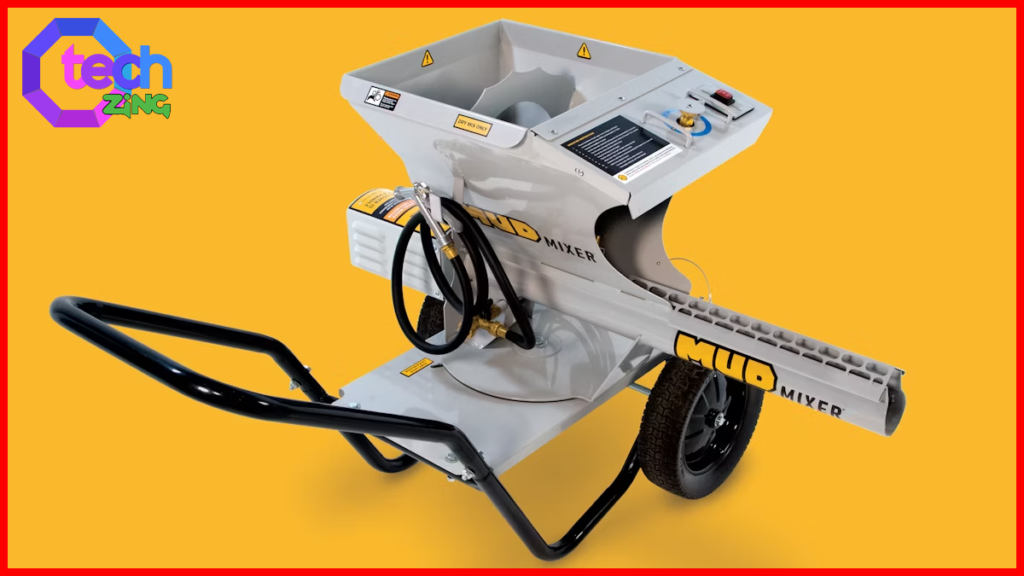
Latest Advancements in Mud Mixer Technology
- Digital Controls and Monitoring: Modern mud mixers are equippe with digital control panels that allow operators to set precise mixing. Parameters, monitor mixing processes in real time, and adjust settings as needed. This technology enhances accuracy, efficiency, and quality control in mixing operations.
- Integrated Weighing Systems: Some advanced mud mixers feature integrated weighing systems that automatically measure. And dispense precise quantities of materials based on pre-programmed mix designs. This eliminates manual measuring errors and ensures consistency in material proportions.
- Remote Operation and Telemetry: Certain mud mixers are designe with remote operation capabilities, allowing operators. To control and monitor the mixer from a distance using mobile devices or computer interfaces. Telemetry systems provide data on mixing performance, maintenance requirements, and operational efficiency for proactive management.
- Energy-Efficient Motors and Drives: Manufacturers are increasingly incorporating energy-efficient motors and drives. In mud mixers to reduce power consumption and environmental impact. Variable frequency drives (VFDs) optimize motor speed and energy usage based on workload, contributing to sustainability in construction equipment.
- Material Handling Automation: In large-scale construction projects, mud mixers are integrate with automated material. Handling systems for seamless material transfer, batching, and mixing. This automation streamlines workflow, minimizes downtime, and enhances overall productivity on the job site.
Case Studies: Mud Mixers in Action
- High-Rise Construction: In the construction of tall buildings and skyscrapers, mud mixers. Are use to prepare concrete for structural elements such as columns, beams, and slabs. Their ability to mix large volumes of concrete efficiently ensures timely progress and structural integrity in high-rise projects.
- Road Infrastructure Development: Mud mixers play a vital role in road construction and repair projects. Where they are use to prepare asphalt mixes, base materials, and paving compounds. Efficient mixing contributes to smooth road surfaces, durability, and resistance to wear and tear.
- Residential Building Construction: For residential construction, mud mixers are essential in preparing mortar for bricklaying. Grout for tile installation, and concrete for foundations, driveways, and patios. The consistent quality of mixed materials enhances the overall aesthetics and longevity of residential structures.
- Industrial Plant Expansion: In industrial settings such as manufacturing plants and refineries, mud mixers. Are utilize for preparing specialized concrete mixes, refractory materials, and chemical compounds. Precise mixing ensures the reliability and performance of industrial infrastructure components.
Future Trends and Innovations
Looking ahead, the future of mud mixers in the construction industry is poise for further innovation and integration of advance technologies. Some key trends and innovations to watch for include:
- Artificial Intelligence (AI) and Machine Learning: AI-powered mud mixers equipped with machine learning algorithms can analyze. Data from past mixing processes, optimize mix designs, and predict maintenance needs for enhanced performance and efficiency.
- IoT Connectivity and Smart Systems: Mud mixers with Internet of Things (IoT) connectivity will enable remote monitoring, predictive. Maintenance, and data-driven insights for proactive decision-making and optimization of mixing operations.
- Green Technologies and Sustainable Practices: Manufacturers will focus on developing eco-friendly mud mixers with reduced emissions. Energy-efficient designs, and recyclable materials to support sustainability initiatives in the construction sector.
- Advanced Materials and Additives: Ongoing research and development efforts will lead to the creation. Of new construction materials, additives, and admixtures that can be efficiently mixe using next-generation. Mud mixers, improving performance and durability of structures.
Conclusion
Mud mixers represent the convergence of engineering expertise, technological innovation, and practical utility in the construction industry. From their humble beginnings as manual mixing tools to today’s advanced automated systems, mud mixers. Continue to evolve and revolutionize how construction materials are prepare, blend, and utilized in diverse applications.
As construction practices and demands for efficiency, quality, and sustainability evolve. Mud mixers will remain indispensable assets for contractors, builders, and engineers worldwide. By embracing the latest advancements in mud mixer technology and adopting best practices. In mixing operations, construction stakeholders can optimize productivity, minimize waste, and deliver exceptional results in every project they undertake.
In conclusion, the art and science of mud mixers exemplify the ingenuity and progress driving the construction industry. Forward, shaping a built environment that is durable, functional, and resilient for generations to come.
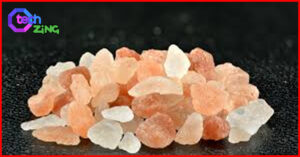










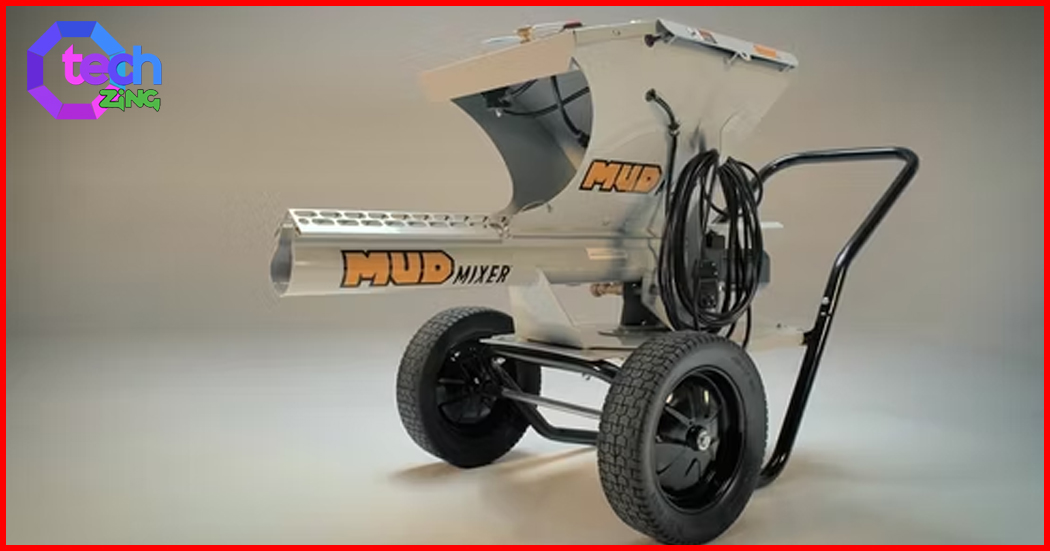




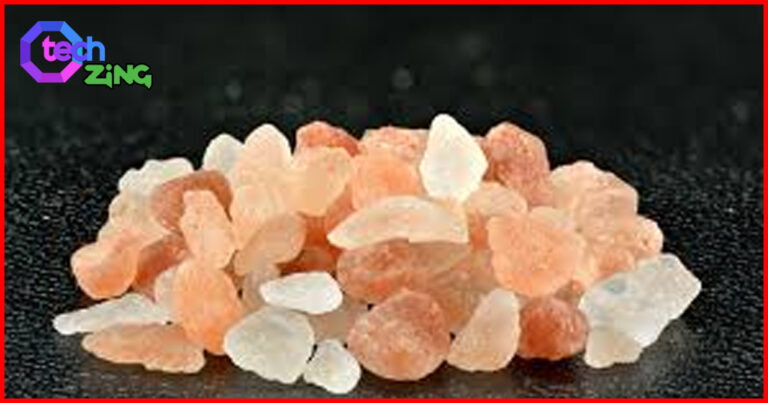





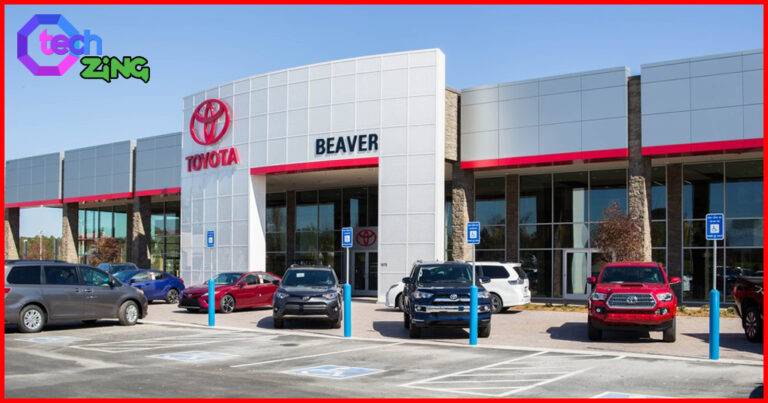
[…] […]